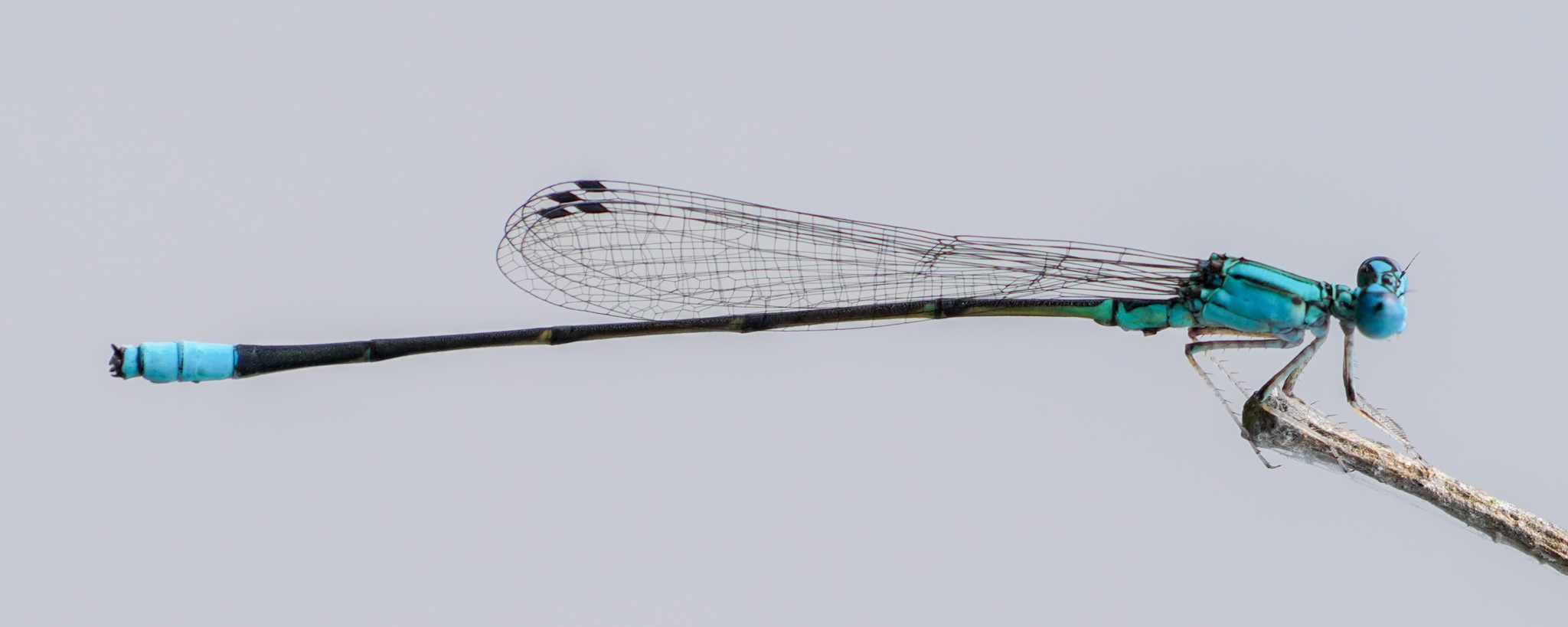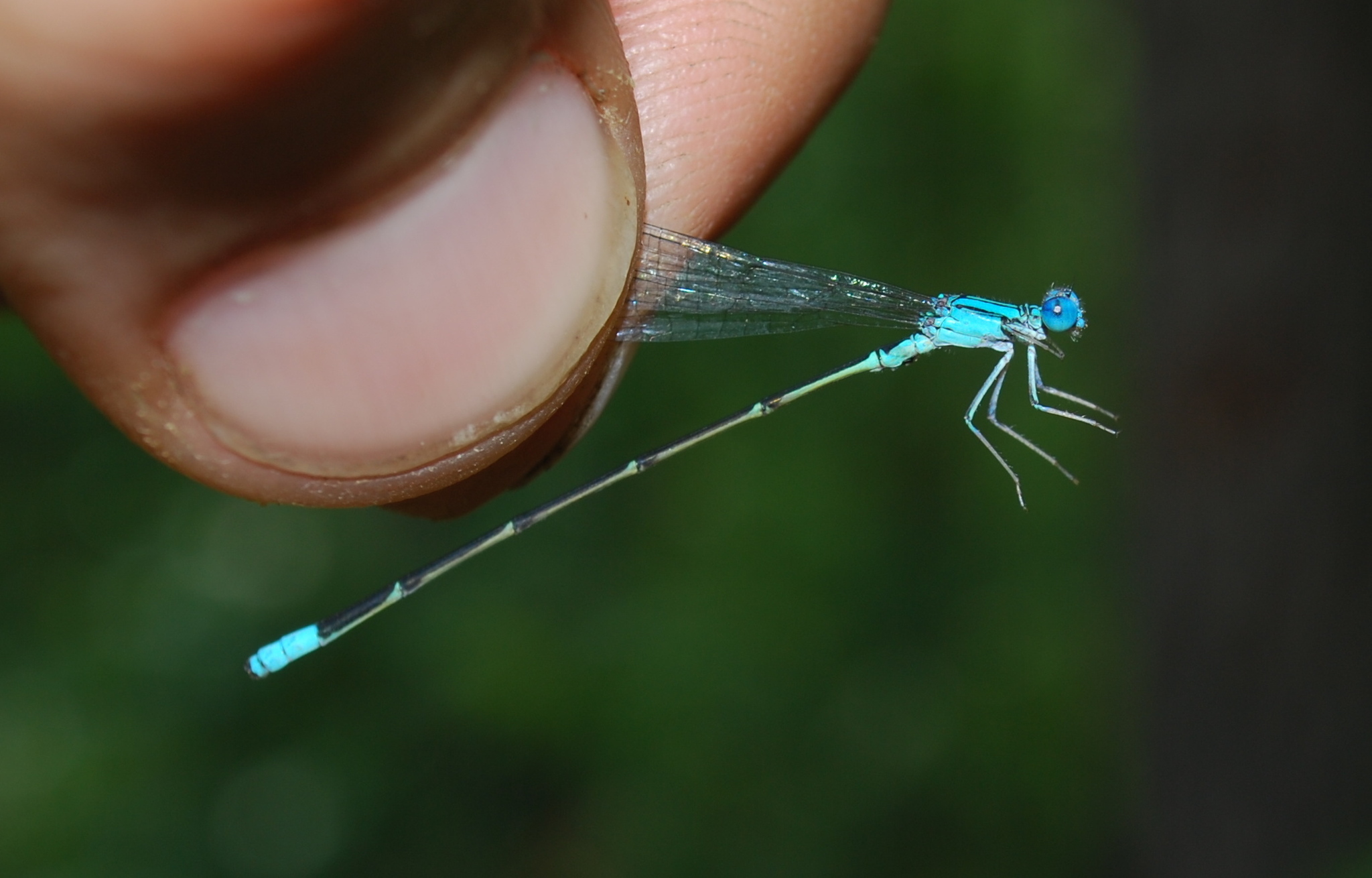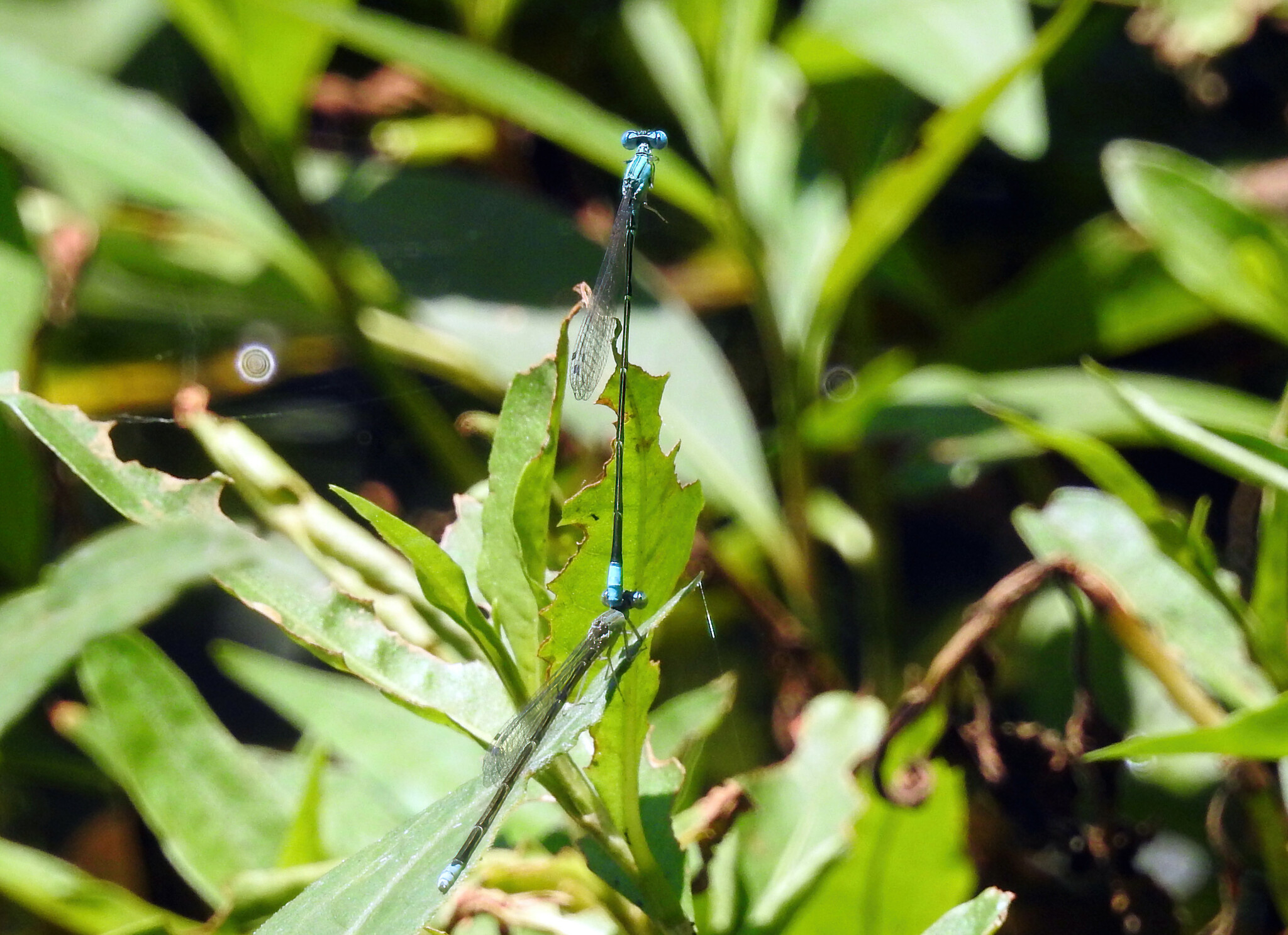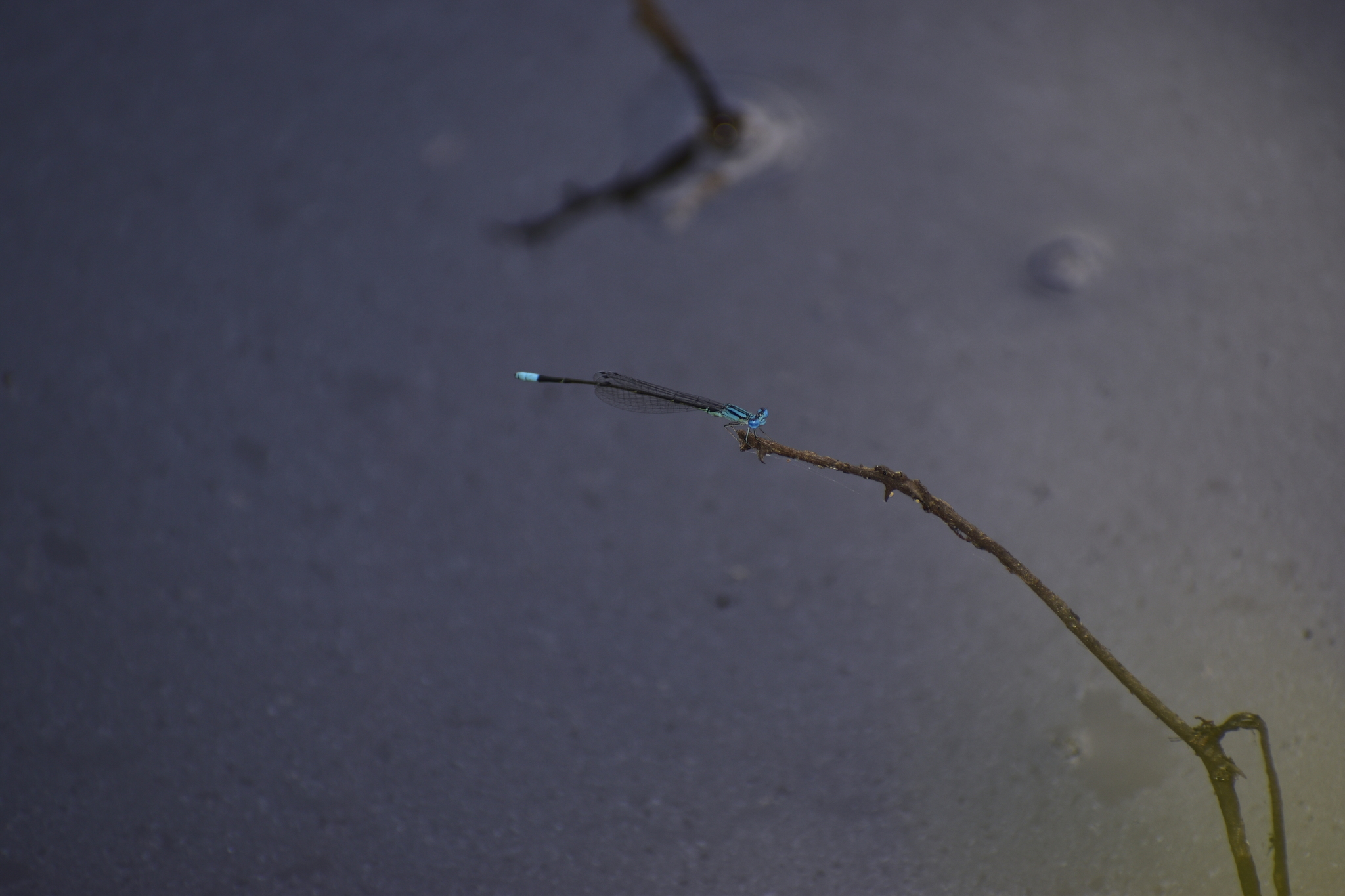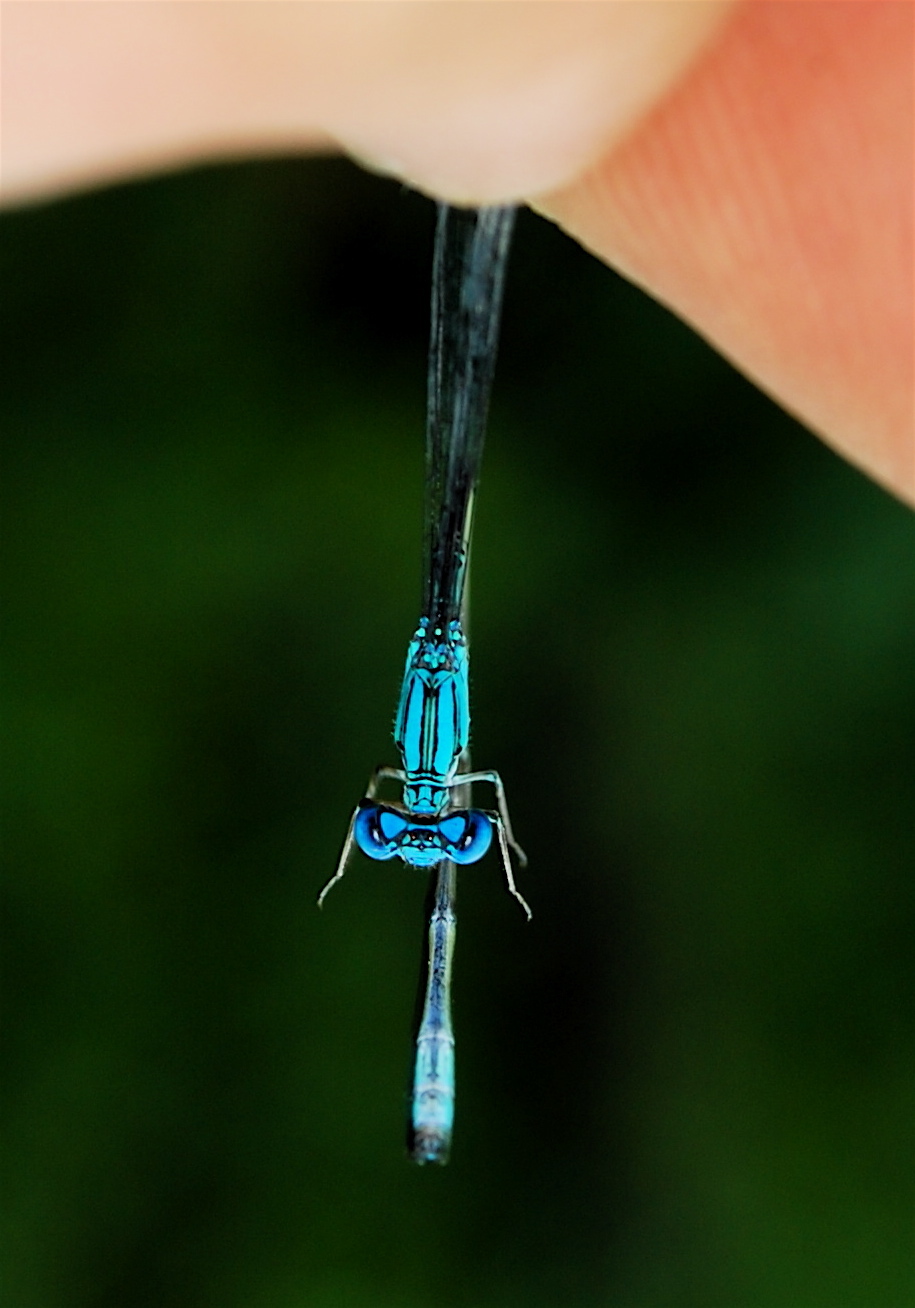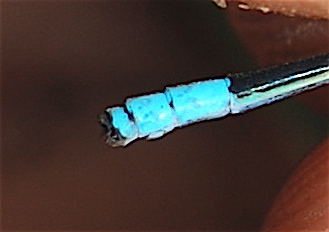Map Snapshot



15 Records
Status
Pale Bluet (Enallagma pallidum is related to Attenuated Bluet (E. daeckii) and Slender Bluet (E. traviatum). It typically is found at brushy swamps, lakes, and ponds, where it often perches in shade, similar to Attenuated Bluet. This coastal plain species is at the northern limit of its distribution in Maryland, and it is considered highly state rare (S1). There are recent records from three Eastern Shore counties (Richard Orr's Dragonflies and Damselflies of Maryland and the District of Columbia).
Seasonality Snapshot
Source: Wikipedia
| Enallagma pallidum | |
|---|---|
| Scientific classification | |
| Domain: | Eukaryota |
| Kingdom: | Animalia |
| Phylum: | Arthropoda |
| Class: | Insecta |
| Order: | Odonata |
| Suborder: | Zygoptera |
| Family: | Coenagrionidae |
| Genus: | Enallagma |
| Species: | E. pallidum
|
| Binomial name | |
| Enallagma pallidum Root, 1923
| |
Enallagma pallidum, the pale bluet or pallid bluet, is a species of narrow-winged damselfly in the family Coenagrionidae.[1][2][3][4] It is found in North America.[1]
The IUCN conservation status of Enallagma pallidum is "LC", least concern, with no immediate threat to the species' survival. The population is stable.[5][6]
References
[edit]- ^ a b "Enallagma pallidum Report". Integrated Taxonomic Information System. Retrieved 2018-05-05.
- ^ "Enallagma pallidum species details". Catalogue of Life. Retrieved 2018-05-05.
- ^ "Enallagma pallidum". GBIF. Retrieved 2018-05-05.
- ^ "Enallagma pallidum Species Information". BugGuide.net. Retrieved 2018-05-05.
- ^ "List of Endangered Species". IUCN Red List. Retrieved 2018-05-05.
- ^ "Odonata Central". Retrieved 2018-05-05.
Further reading
[edit]- Kalkman, V. J. (2013). Studies on phylogeny and biogeography of damselflies (Odonata) with emphasis on the Argiolestidae (PhD). Leiden University. hdl:1887/22953.



